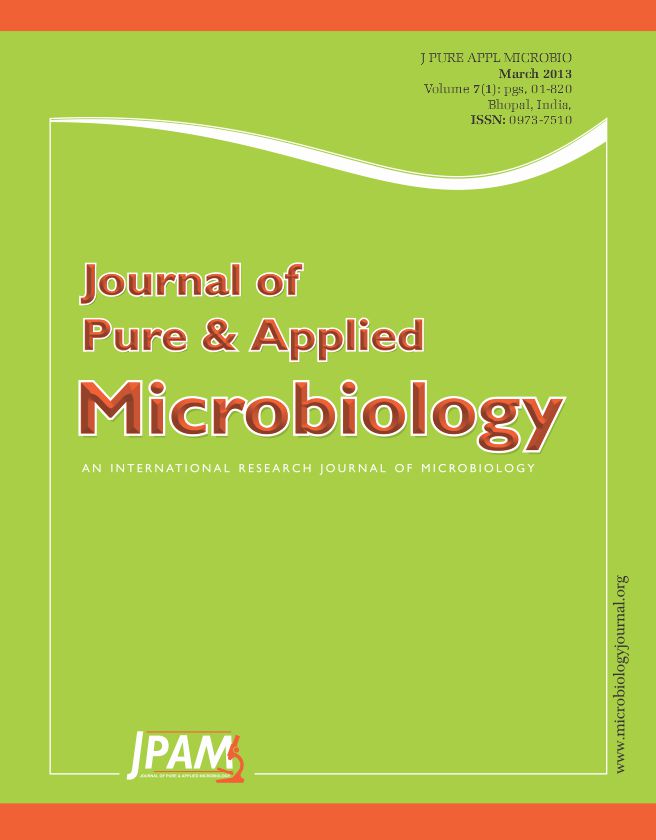Soil amendment for controlling three Fusarium species, Fusarium oxysporum (Sehlect. Emend Snyd. & Hans), F. solani (Mart.) (Apple and Wr. Emend. Snyd. & Hans) and F. moniliforme (Sheldon) were isolated from carnation. Cuttings were planted in soil artificially infested with the pathogenic fungi tested and amended singly with powder dry material of Eucalyptus, Leek or Thyme to study their effect on % infection and some growth parameters in soil infested with the pathogenic tested fungi of fusarium spp. under greenhouse conditions. The possible biochemical changes (phenolic compounds, oxidative enzymes and chlorophyll and carotene contents) associated soil amendment with three tested dry plants for controlling the disease in the present study was investigated. Herb of thyme was amended with soil proved to be the most effective one in the prevention of infection in case of infested with any three tested fungi while leek the least one. Also, fungicide (Topsin M-70) was tested and other commercial bioproduct Plant-Guard (original component Trichoderma harzianum). Mixing infested soil with tested powder materials lead to increase levels of phenolics compounds, oxidative enzymes and chlorophyll and carotenoides contents compared with those obtained from non treated cuttings in infested soil.
Soil amendment, fusarium, Carnation, Biochemical studies
© The Author(s) 2014. Open Access. This article is distributed under the terms of the Creative Commons Attribution 4.0 International License which permits unrestricted use, sharing, distribution, and reproduction in any medium, provided you give appropriate credit to the original author(s) and the source, provide a link to the Creative Commons license, and indicate if changes were made.


